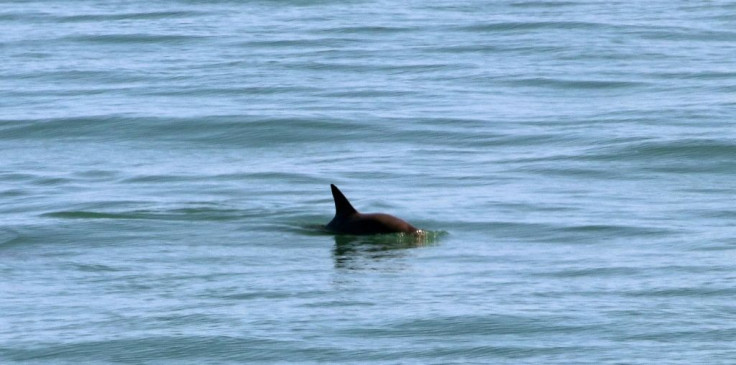Vaquitas Aren't 'Doomed' By Inbreeding But Gillnet Fishing Has To Stop To Save Them
KEY POINTS
- Researchers analyzed the genome of 20 vaquitas
- Vaquitas are "not doomed" by genetic factors, giving hope for their recovery
- The species has "high potential" for recovery if gillnet fishing is ceased immediately
It is believed that there are just about 10 or even fewer vaquita porpoises left in their habitat, leaving them very much at risk of extinction. In a new study, a team of researchers has found that the species may not be doomed just yet, but illegal gillnet fishing has to be stopped to help them bounce back.
Decades of "excess mortality" from gillnet fishing have driven the species' numbers to dwindle, the researchers noted in a study, published Thursday in the journal Science. Today, the vaquita porpoise is among the most endangered animals in the world, with just a handful of them still in their sole habitat in the Gulf of California.
The researchers analyzed the whole-genome sequence of 20 vaquitas that lived between 1985 and 2017. The idea was to determine the species' "risk of extinction" from inbreeding, given their extremely low numbers.
"In cases of severe wildlife population decline, a key question is whether recovery efforts will be impeded by genetic factors, such as inbreeding depression," the researchers wrote. "Perhaps the most immediate genetic threat in populations of very small size (<25 individuals) is the deterioration of fitness as a result of inbreeding depression."
However, the researchers found that the vaquitas were actually quite healthy and weren't actually "doomed by genetic factors," study co-lead Christopher Kyriazis, of the University of California, Los Angeles (UCLA), explained.
"Relative to other species, the vaquita has a higher chance of rebounding from an extreme population crash without suffering severe genetic consequences from inbreeding," study co-lead Jacqueline Robinson, of UC San Francisco, added.
This means that given the opportunity, vaquitas can actually thrive once again without the potential harms brought about by inbreeding. This could be because the species never had a big population anyway, and they were always limited to a very small habitat range, noted UCLA.
The first comprehensive survey of the species in 1997 logged about 570 porpoises, which wasn't a large population to begin with. "They're essentially the marine equivalent of an island species," Robinson said.
While the researchers' work shows that the species has a chance to thrive again, it stresses that the use of gillnets has to be ceased. Vaquitas tend to get entangled in the gillnets that poachers use to hunt the totoaba fish, which is highly prized in some countries for its supposed medicinal properties. Although the use of gillnets in vaquita habitats is actually illegal, the ban is not always enforced, noted UCLA.
The vaquita porpoise, the world’s smallest marine mammal, is on the brink of extinction, with 10 or fewer still living.
— UCLA (@UCLA) May 5, 2022
Scientists say they can survive — but only if an illegal fishing tactic stops. 🐬 https://t.co/tIt2sQquO3
"Outlawed fishing remains their biggest threat," said Kyriazis.
Overall, the study showed that vaquitas have a "high potential" for recovery "in the absence of gillnet mortality." This gives hope for the recovery of the species and also highlights the importance of halting the use of gillnets to truly help their populations to rebound.
"(G)enome-informed simulations suggest that the vaquita can recover if bycatch mortality is immediately halted," the researchers wrote. "This study provides hope for vaquitas and other naturally rare endangered species and highlights the utility of genomics in predicting extinction risk."

© Copyright IBTimes 2025. All rights reserved.






















